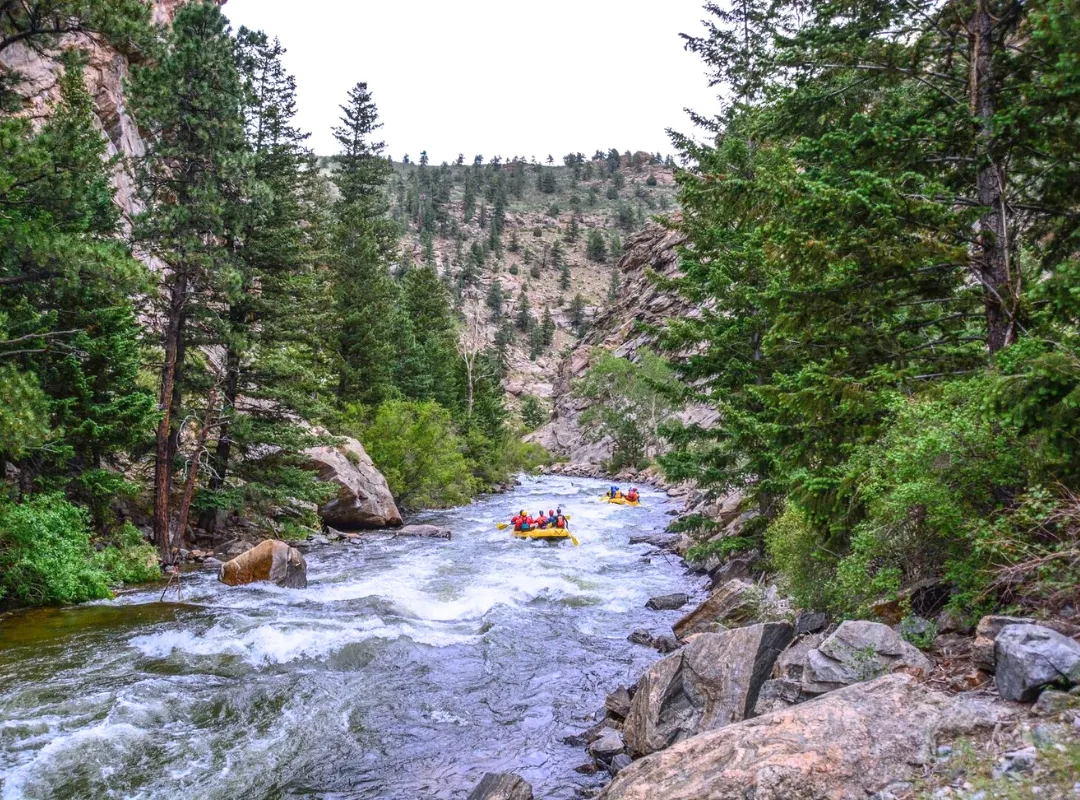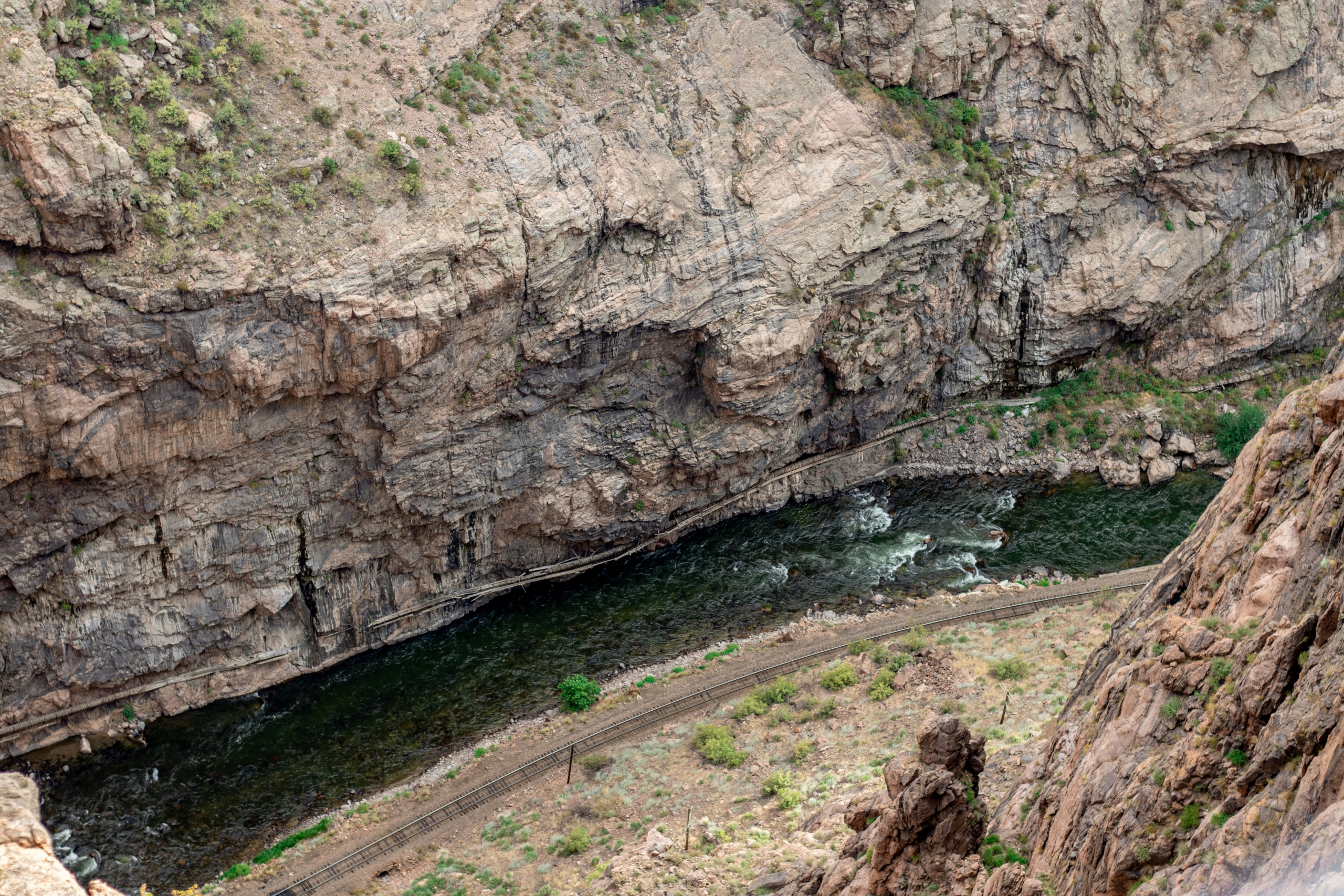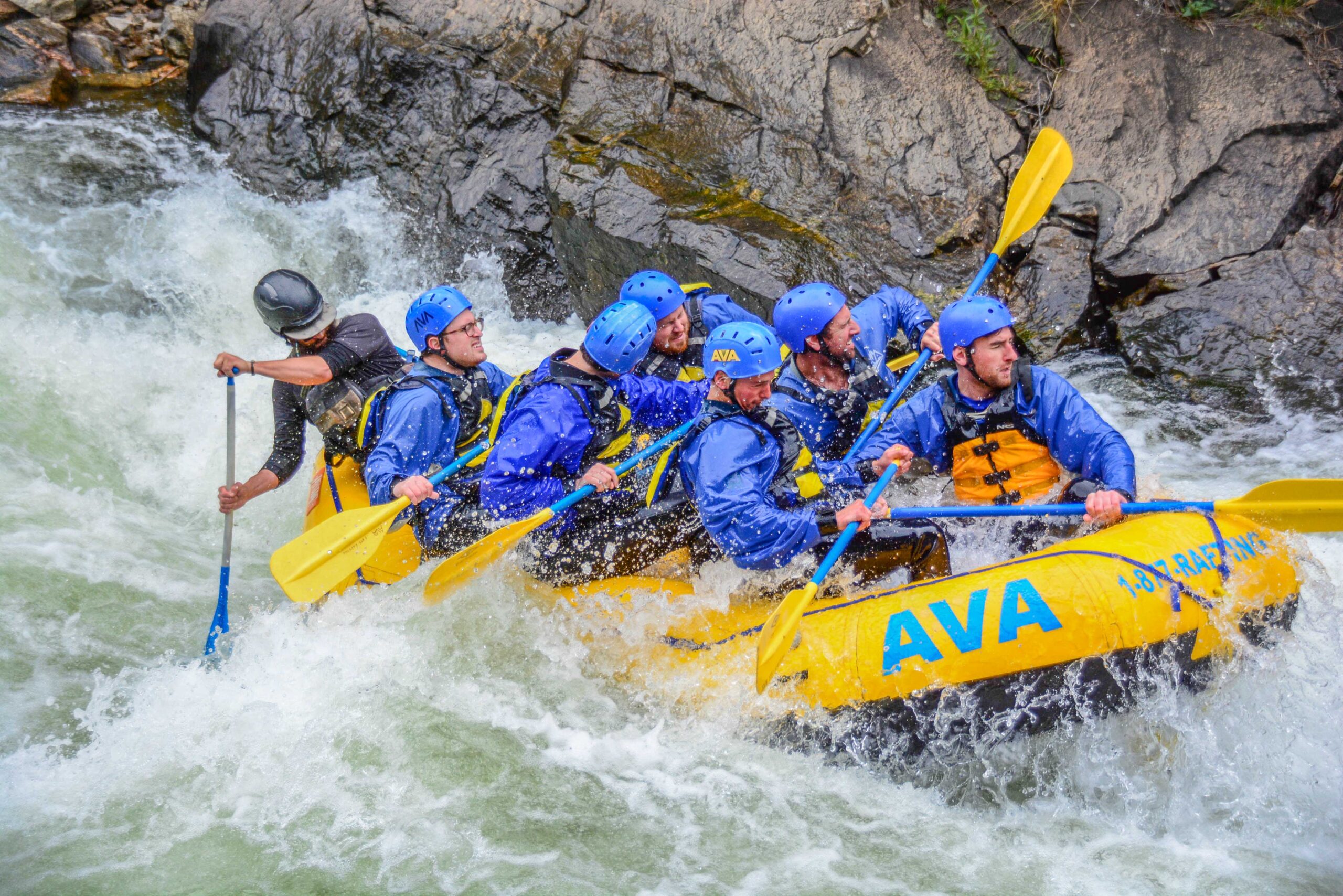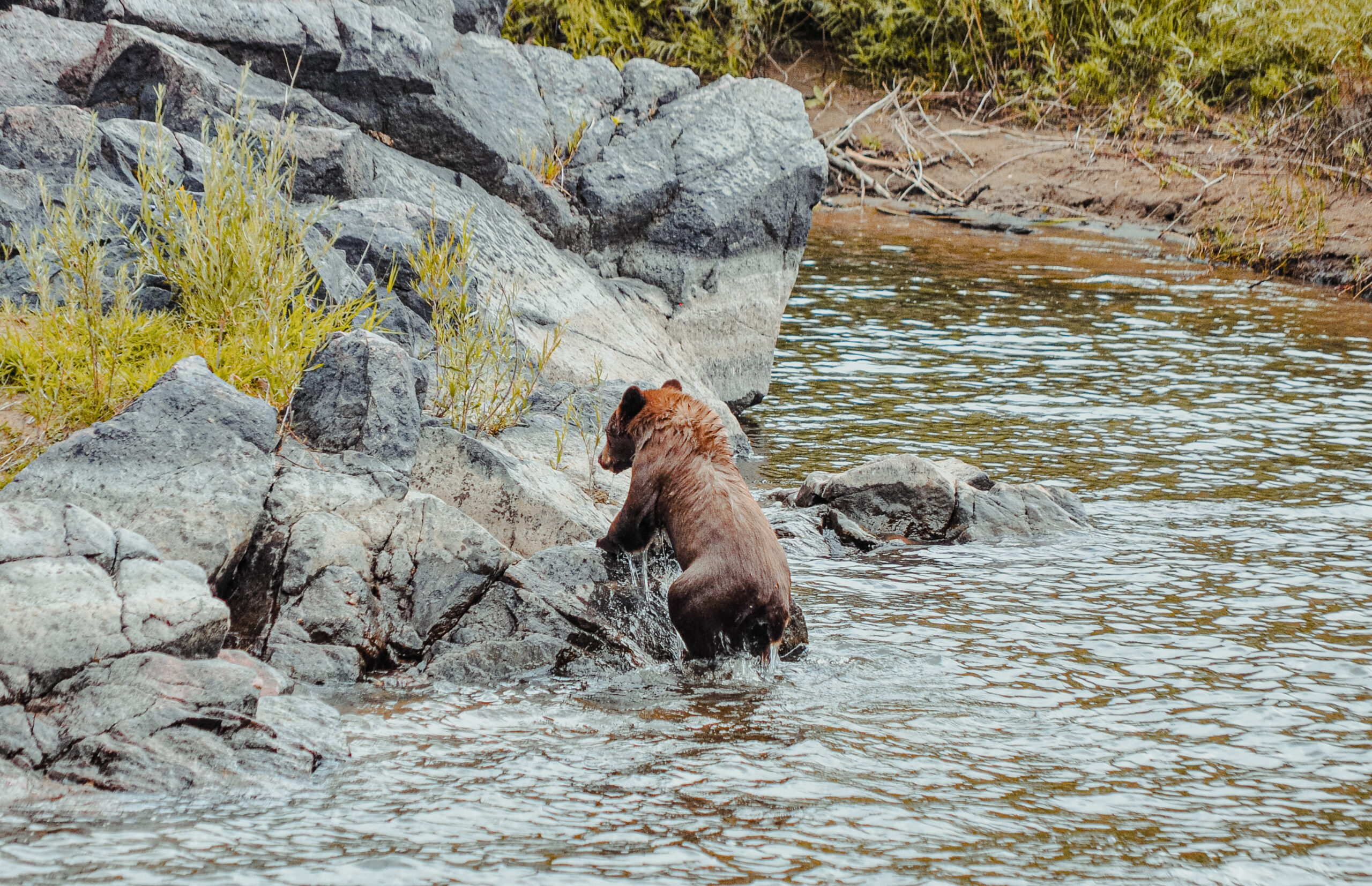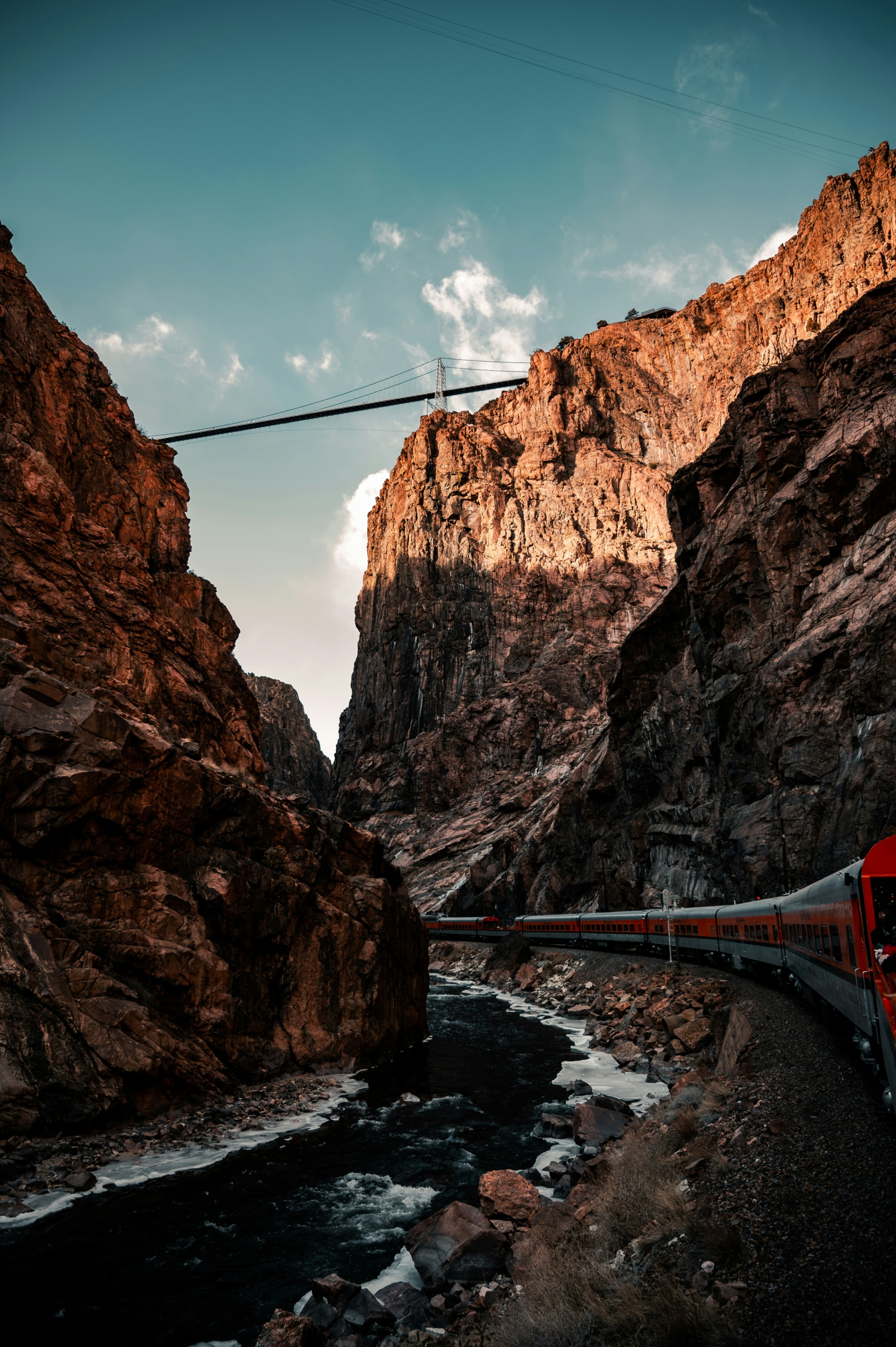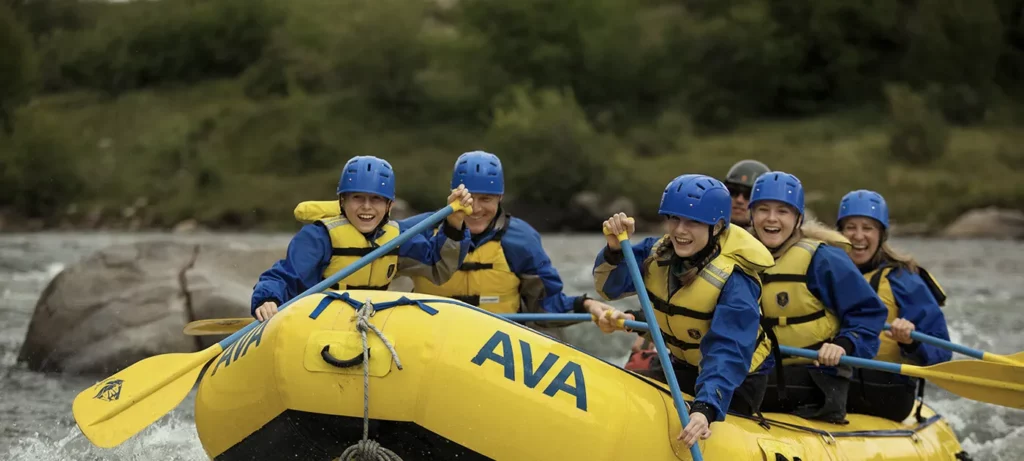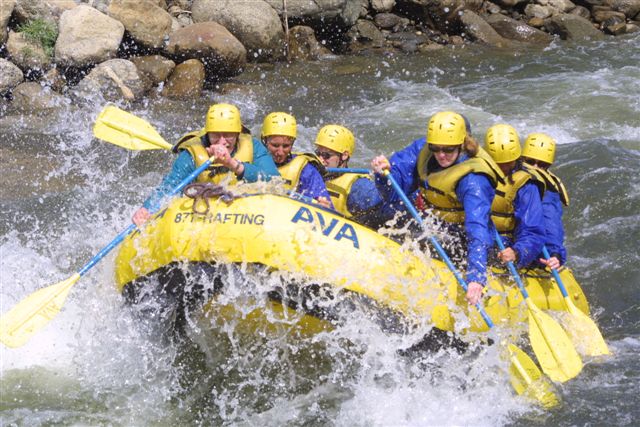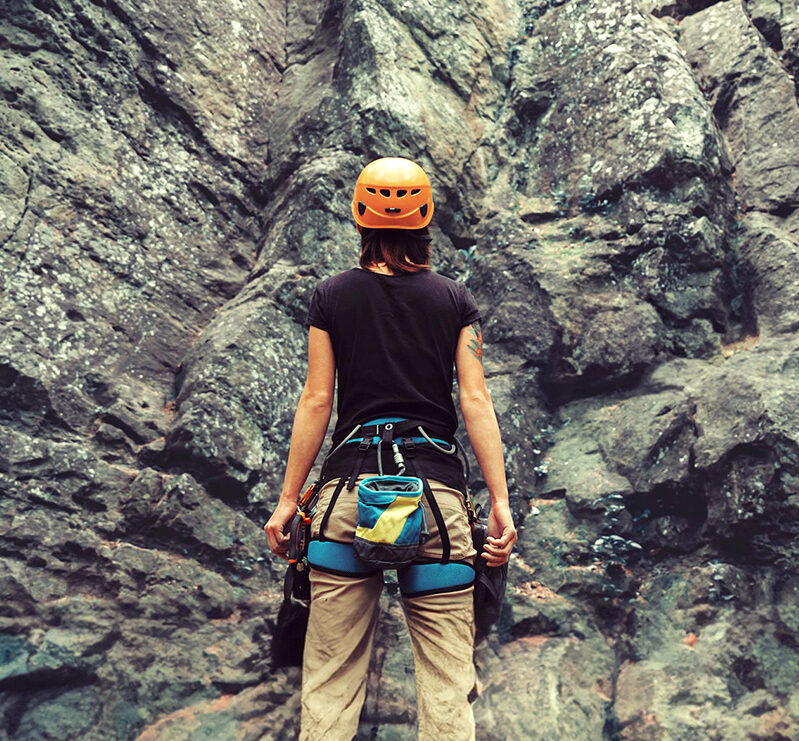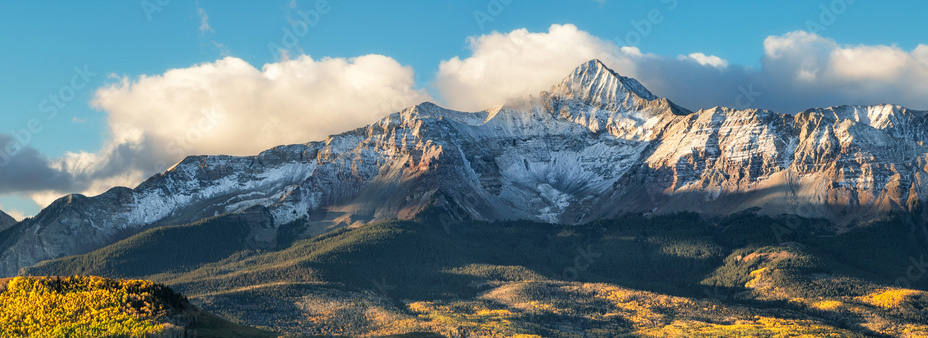The Arkansas River is more than just a scenic waterway, it’s one of Colorado’s most exciting destinations for outdoor adventure. At AVA, we’re lucky enough to have this mighty river flowing right past our Buena Vista outpost, so we spend a lot of time exploring its waters. From thrilling whitewater rafting trips to calm stretches, the Arkansas offers something for everyone. Whether you’re curious about rafting, history, or ecology, these Arkansas River facts will give you a new appreciation for one of America’s great rivers.
1. The Arkansas River Is One of the Longest in the U.S.
Stretching 1,469 miles, the Arkansas River is the sixth-longest river in the United States and ranks as the 45th-longest in the world. That’s roughly twice the length of the Grand Canyon and longer than many iconic European rivers like the Rhine and the Danube.
Originating in the high-altitude Sawatch Range near Leadville, Colorado over 10,000 feet above sea level, the river gradually gains power as it flows downhill. Its long journey ends where it meets the Mississippi River near Arkansas City, Arkansas, eventually contributing to the waters of the Gulf of Mexico. The river traverses multiple ecosystems and supports countless communities along the way.
2. The Arkansas River Flows Through Three Distinct Ecosystems
Throughout its journey, the Arkansas River changes dramatically, flowing through three very different rivers:
-
Colorado (125 miles): Here the river slices through steep canyons and rugged Rocky Mountain terrain, offering stunning scenery and thrilling rapids.
-
Kansas & Oklahoma (600 miles): The river widens and slows as it flows through open prairie, bluffs, and cottonwood-lined banks.
-
Arkansas (900 miles): In its final stretch, the river meanders through fertile farmland and cypress swamps, becoming a calmer, winding waterway.
Each section supports its own unique habitat, making the river a dynamic ecological corridor across the central U.S.
3. It Offers World-Class Trout Fishing in Colorado
The Colorado stretch of the Arkansas River is a premier destination for trout fishing, especially for brown and rainbow trout. Brown trout thrive in fast-moving currents, while rainbows tend to favor calmer sections of water. The Arkansas River has even earned a Gold Medal designation for its trout fisheries.
AVA offers full day and half day Never Ever Fly-Fishing trips for beginners. Our expert guides teach everything from knot-tying and casting to how to read river conditions. The best times to fish are spring and fall, when hatches are active and water temperatures are moderate. Wildlife like otters, bald eagles, and bighorn sheep also frequent this stretch of river.
4. Climate Change Has Reduced the Arkansas River’s Flow
Climate change and human activity have gradually reduced the flow of the Arkansas River, especially in eastern Colorado and western Kansas. Drought conditions and heavy reliance on irrigation for agriculture have led to unsustainable withdrawals that exceed the river’s natural recharge rate.
While Colorado’s snowpack helps keep flows strong enough for rafting in the high country, downstream sections suffer from lower levels. This threatens local ecosystems and the communities that depend on the river for tourism, water supply, and recreation. Sustainable water management will be essential to the river’s future.
5. The River Has Shaped U.S. and Mexican History
The Arkansas River once formed the border between the United States and Spanish Mexico, thanks to the 1819 Adams-Onís Treaty. This agreement settled a boundary dispute following the Louisiana Purchase and played a pivotal role in defining the southwestern frontier of the young U.S.
As American settlers moved into the Arkansas River Valley, the river became a critical trade route connecting towns to Santa Fe and beyond. Although the treaty became obsolete after the annexation of Texas in 1846, the Arkansas River remained a key player in the westward expansion of the United States—serving as a transportation corridor and source of life for early communities.
Learn More About the Arkansas River with AVA
Looking to explore this legendary waterway for yourself? Whether you want to fly-fish, float, or conquer Class IV rapids, AVA offers unforgettable experiences on and around the Arkansas River. With options for all ages and experience levels, you can zipline over the canyons, hike rugged trails, or even try Via Ferrata—all surrounded by the natural beauty of the Arkansas River Valley.
At AVA, we offer a variety of trips on and around the Arkansas River. Now that you know a little more about the Arkansas River come and see it for yourself! Our rafting trips include family friendly options and exhilarating whitewater experiences, with ziplining, Via Ferrata, fly-fishing, and horseback riding also available in the beautiful Arkansas River Valley.
Frequently Asked Questions About the Arkansas River
Where does the Arkansas River start and end?
The Arkansas River begins in the Rocky Mountains of Colorado and flows southeast across several states before merging with the Mississippi River in Arkansas.
Is the Arkansas River good for rafting?
Yes, it’s one of the most popular rafting destinations in Colorado, especially for intermediate to advanced Class III and IV rapids like Browns Canyon and The Numbers.
What animals live in the Arkansas River?
The river is home to brown and rainbow trout, various waterfowl, and mammals such as beavers, otters, and even bighorn sheep.

